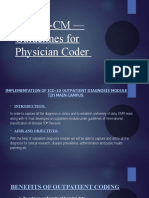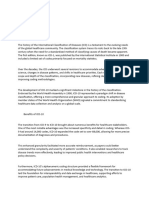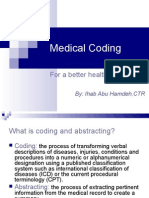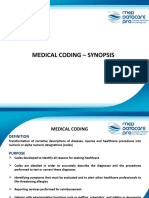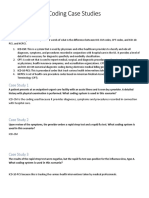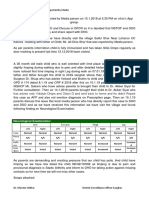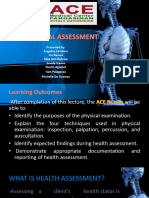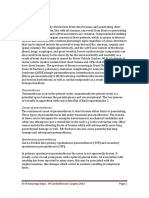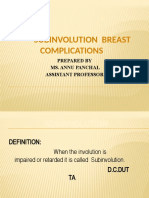0% found this document useful (0 votes)
67 views20 pagesCPC Study Guide
The document provides an overview of reimbursement and coding in healthcare, highlighting the importance of accurate coding systems like ICD and CPT for reimbursement processes. It details the billing steps, differences between private and public payers, and the role of Health Technology Assessment (HTA) in evaluating medical technologies. Additionally, it covers ICD-10-CM conventions, coding guidelines for various conditions, and specific instructions for coding HIV infections.
Uploaded by
Neida Caro-BooneCopyright
© © All Rights Reserved
We take content rights seriously. If you suspect this is your content, claim it here.
Available Formats
Download as DOCX, PDF, TXT or read online on Scribd
0% found this document useful (0 votes)
67 views20 pagesCPC Study Guide
The document provides an overview of reimbursement and coding in healthcare, highlighting the importance of accurate coding systems like ICD and CPT for reimbursement processes. It details the billing steps, differences between private and public payers, and the role of Health Technology Assessment (HTA) in evaluating medical technologies. Additionally, it covers ICD-10-CM conventions, coding guidelines for various conditions, and specific instructions for coding HIV infections.
Uploaded by
Neida Caro-BooneCopyright
© © All Rights Reserved
We take content rights seriously. If you suspect this is your content, claim it here.
Available Formats
Download as DOCX, PDF, TXT or read online on Scribd
/ 20




